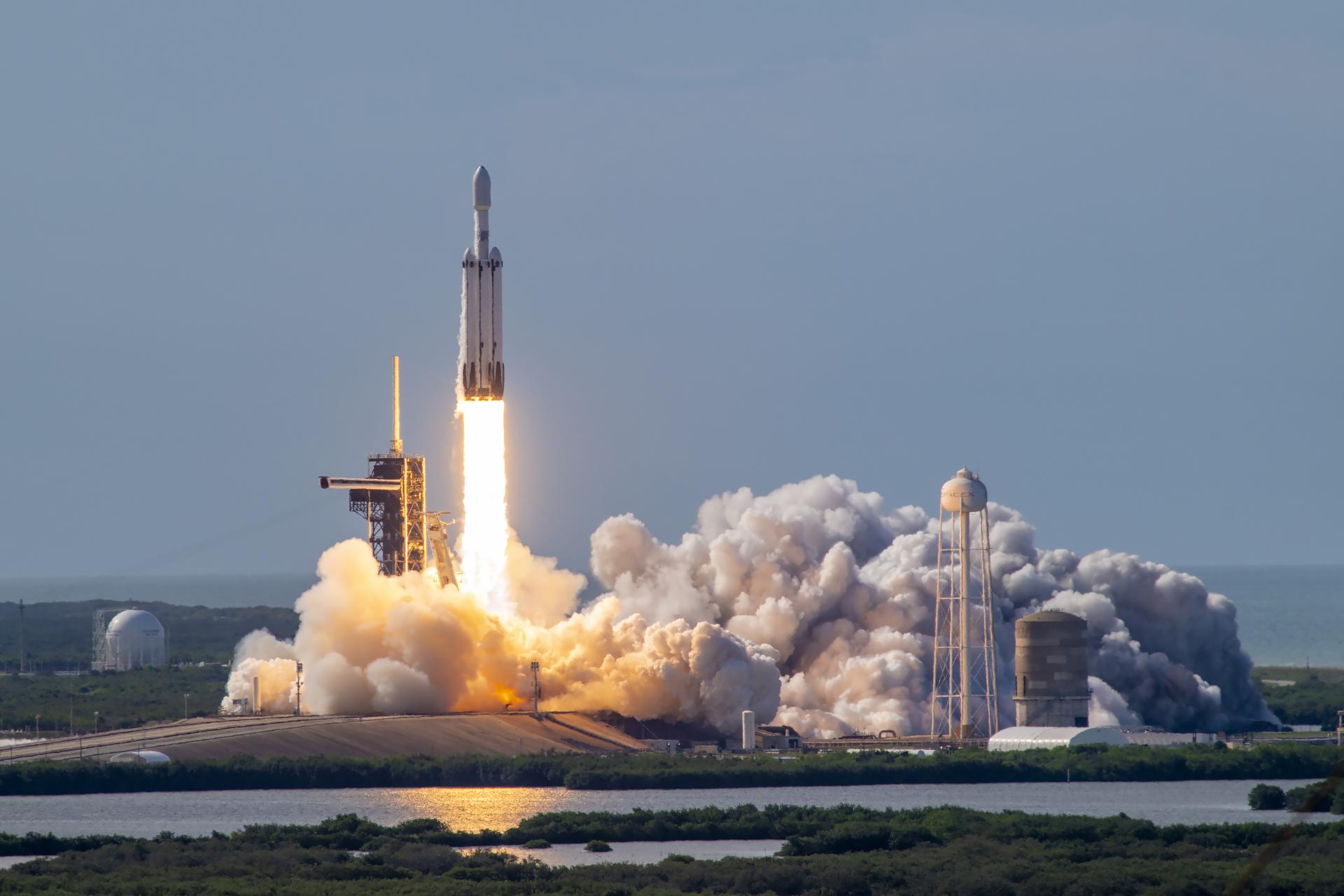
In a significant development for weather forecasting and space observation, NASA and the National Oceanic and Atmospheric Administration (NOAA) successfully launched the latest Geostationary Operational Environmental Satellite (GOES-U) on June 25, 2024. The launch took place at Kennedy Space Center in Florida aboard a SpaceX Falcon Heavy rocket.
GOES-U is an advanced weather satellite that carries multiple instruments to improve the detection of space weather hazards and monitor atmospheric conditions. It features a new sensor called the Compact Coronagraph-1, which will better monitor the sun's outer atmosphere and help predict solar storms that could impact Earth.
The launch marks the completion of NOAA's GOES-R series of four satellites, which began with GOES-16 in 2016. These satellites provide high-resolution imagery and real-time weather predictions, including severe hurricane weather and tracking tropical storms.
GOES-U is more powerful than its predecessors, with five times the imaging speed and four times the image quality. It will monitor weather on Earth as well as space weather outside of Earth's atmosphere. The satellite's data will be crucial for forecasting severe weather events, tracking hurricanes, and monitoring solar activity that could impact our planet.
The launch was a collaborative effort between NASA and NOAA, with contributions from Lockheed Martin and L3Harris Technologies. The satellites are operated by NOAA's National Weather Service and the Office of Space Weather Observations.
GOES-U is now in geostationary orbit at 22,236 miles above Earth, where it will replace GOES-16 in the mid-2025 time frame. The satellite's data will be distributed to users worldwide through NOAA's ground system and the Advanced Baseline Imager.



